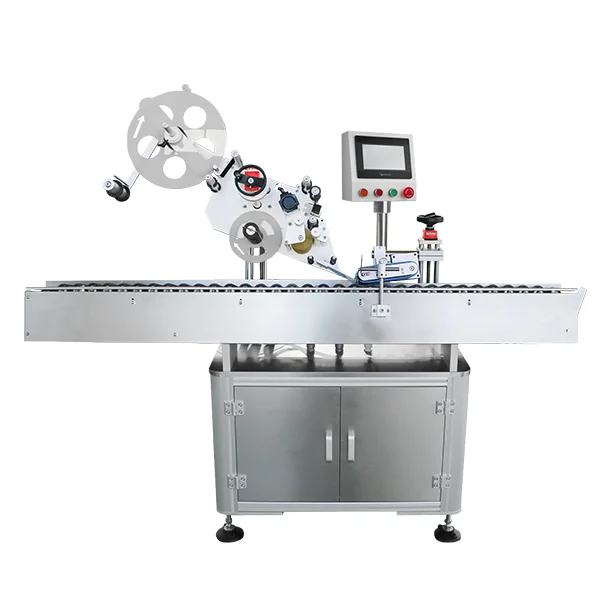In our modern world, the use of blowers—whether for cleaning, drying, or ventilation—has become ubiquitous across various industries and households. While these devices offer convenience and efficiency, a pressing question arises: Is blower air harmful? This article delves into the potential health risks associated with blower air, the mechanisms behind these risks, and practical safety measures to mitigate them.
Understanding Blower Air
Blowers are mechanical devices designed to move air or gas. They are commonly used in applications ranging from industrial settings to home maintenance. The air expelled by blowers can carry dust, allergens, and other particulates, which raises concerns about air quality and health implications.
The Composition of Blower Air
The air emitted from blowers can contain a variety of contaminants, including:
- Dust and Particulates: Blowers can stir up dust from surfaces, which may contain harmful substances like mold spores, pollen, and other allergens.
- Chemical Residues: In industrial settings, blowers may disperse chemical vapors or residues from cleaning agents, paints, or solvents.
- Microbial Contaminants: If blowers are used in damp environments, they can aerosolize bacteria and fungi, posing respiratory risks.
Health Risks Associated with Blower Air
The inhalation of contaminated blower air can lead to several health issues, particularly for sensitive populations such as children, the elderly, and individuals with pre-existing respiratory conditions. Some potential health risks include:
- Respiratory Issues: Prolonged exposure to dust and allergens can exacerbate conditions like asthma and chronic obstructive pulmonary disease (COPD). Symptoms may include coughing, wheezing, and shortness of breath.
- Allergic Reactions: Individuals with allergies may experience heightened reactions due to the inhalation of pollen, mold spores, or other allergens present in the air.
- Chemical Exposure: In environments where chemical residues are present, inhalation can lead to acute or chronic health effects, including headaches, dizziness, and long-term respiratory problems.
- Infections: The aerosolization of microbial contaminants can increase the risk of respiratory infections, particularly in immunocompromised individuals.
Mitigating the Risks of Blower Air
To ensure safe usage of blowers and minimize health risks, several strategies can be implemented:
- Regular Maintenance: Keeping blowers clean and well-maintained can reduce the accumulation of dust and contaminants. Regularly changing filters and cleaning the blower’s components can significantly improve air quality.
- Use of HEPA Filters: High-Efficiency Particulate Air (HEPA) filters can capture a significant percentage of airborne particles, including allergens and dust. Using blowers equipped with HEPA filters can help mitigate the risks associated with blower air.
- Proper Ventilation: Ensuring adequate ventilation in the area where blowers are used can help disperse contaminants and improve overall air quality. Open windows or use exhaust fans to facilitate airflow.
- Personal Protective Equipment (PPE): For individuals working in environments where blowers are used frequently, wearing masks or respirators can provide an additional layer of protection against inhaling harmful particles.
- Limit Exposure: Reducing the duration and frequency of exposure to blower air, especially in enclosed spaces, can help minimize health risks. If possible, use blowers in well-ventilated outdoor areas.
Conclusion
While blowers are invaluable tools for various applications, it is crucial to recognize the potential health risks associated with blower air. By understanding the composition of blower air and implementing effective safety measures, individuals and organizations can significantly reduce the likelihood of adverse health effects. Awareness and proactive management are key to ensuring that the convenience of blowers does not come at the expense of our health.


